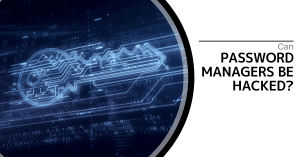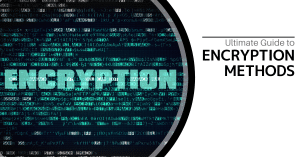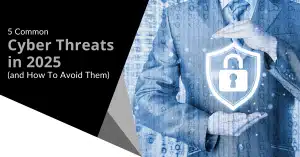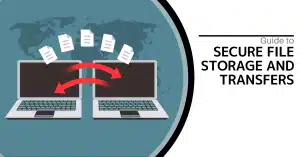1. They are asking for personal information – Remember, no bank or financial institution asks you to share your key personal information via email, or even phone. So, if you get an email where they ask for your ATM PIN or your e-banking password, something’s a miss.
2. The links seem to be fake – Phishing emails always contain links that you are asked to click on. You should verify if the links are genuine. Here are a few things to look for when doing that:
- Spelling – Check for the misspellings in the URL. For example, if your bank’s web address is www.bankofamerica.com, a phishing scheme email could misspell it as www.bankofamarica.com or www.bankofamerica-verification.com
- Disguised URLs – Sometimes, URLs can be disguised…meaning, while they look genuine, they ultimately redirect you to some fraudulent site. You can recognize the actual URL upon a mouseover, or by right clicking on the URL, and selecting the ‘copy hyperlink’ option and pasting the hyperlink on a notepad file. But, NEVER ever, paste the hyperlink directly into your web browser.
- URLs with ‘@’ signs – If you find a URL that has an ‘@’ sign, steer clear of it even if it seems genuine. Browsers ignore URL information that precedes @ sign. That means, the URL [email protected] will take you to mysite.net and not to any Bank of America page.
3. Other tell-tale signs – Apart from identifying fake URLs, there are other tell-tale signs that help you identify fraudulent emails. Some of these include:
- Emails where the main message is in the form of an image, which, upon opening, takes you to the malicious URL.
- Another sign is an attachment. Never open attachments from unknown sources as they may contain viruses that can harm your computer and network.
- The message seems to urge you to do something immediately. Scammers often induce a sense of urgency in their emails and threaten you with consequences if you don’t respond. For example, threat of bank account closure if you don’t verify your ATM PIN or e-banking password.
Finally, get a good anti virus/email protection program installed. It can help you by automatically directing spam and junk mail into spam folders and deactivating malicious attachments.








